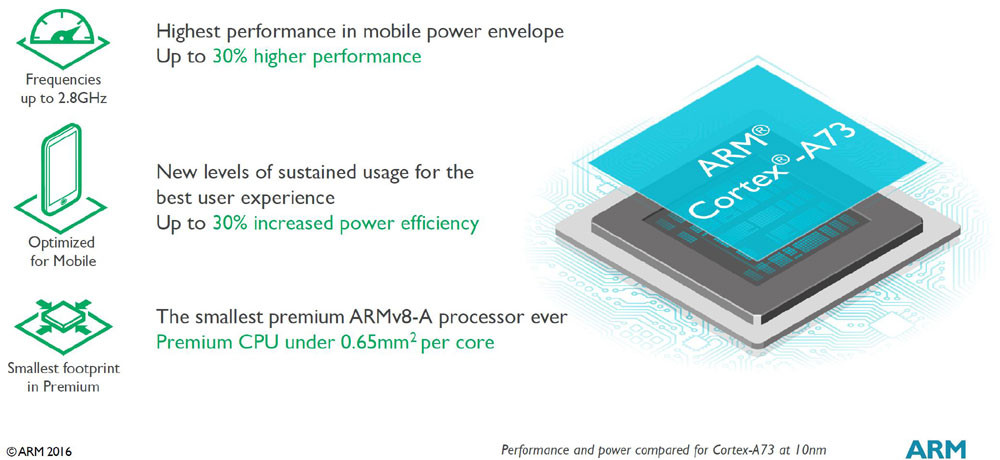
Month after month, quarter after quarter, NVIDIA’s marketing machine desperately tries to convince people that the Tegra chip for smartphones and tablets is the best thing to ever happen to the mobile industry. But if you really stop and think about it, how many devices can you name off the top of your head that actually have a Tegra chip inside?
There’s the HTC One X, Surface RT, Nexus 7, and … that’s it.
Companies find it’s easier to simply call up Qualcomm, because Qualcomm gives them practically everything they need to make a smartphone. So what’s NVIDIA going to do? According to a recent blog post on their website, they’re going to pull an ARM.
ARM, for those who don’t know, is the company that designs the processors and writes the instruction set that every mobile device on the planet uses. They don’t sell chips directly, instead they license the blueprints to companies who then make their own chips. Take the Tegra for instance. It uses NVIDIA’s own GPU, but the processing cores come from ARM.
Well, pretty soon you might see a Samsung Exynos chip with NVIDIA graphics. Here’s the key quote:
“It’s not practical to build silicon or systems to address every part of the expanding market. Adopting a new business approach will allow us to address the universe of devices. Our next step is to license our GPU cores and visual computing patent portfolio to device manufacturers to serve the needs of a large piece of the market.”
Translation: “We get it, you don’t want our chips, but please, pay us for our awesome GPUS!”
When will we see the first third party chips with NVIDIA graphics inside? That’s a great question I don’t have the answer to, but my gut says 2015. That sounds like a long time, but designing a SoC isn’t exactly the easiest thing to do in the world.







